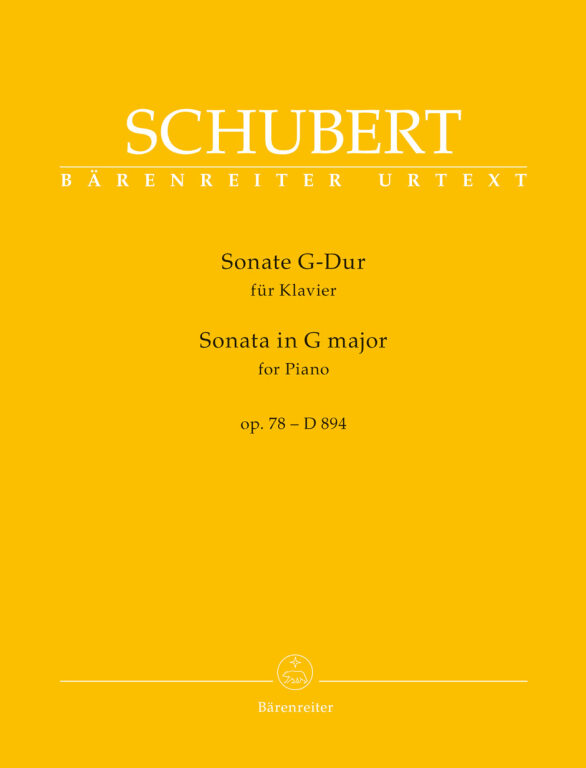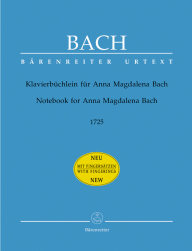Schubert, Franz: Sonata
for Pianoforte
partition de concert
Schubert’s tuneful and buoyant Sonata in G major was published in April 1827 as a ''Fantasy or Sonata'', to quote the heading of its first movement. His first reviewer noted that ''the beloved and talented Lieder composer haspresented the music world with a fantasy in which he lets his inventiveness loose. He presents the pianist with a harmonic indulgence without however amassing too many difficulties to complicate the execution''.
Ourscholarly-critical Urtext edition, based on the d
Contenu | ||
|---|---|---|
| 1. | Má písen zas mi láskou zní | |
| 2. | Mein Lied ertönt, ein Liebespsalm | |
| 3. | I chant my lay, a hymn of love [Dvorák, Antonín] | |
| 4. | Aj! Kterak trojhranec muj | |
| 5. | Ei! Ei, wie mein Triangel | |
| 6. | Hark! Hark, how my triangle [Dvorák, Antonín] | |
| 7. | A les je tichý kolem kol | |
| 8. | Rings ist der Wald so stumm und still | |
| 9. | Silent and lone the woods around [Dvorák, Antonín] | |
| 10. | Kdyz mne stará matka | |
| 11. | Als die alte Mutter | |
| 12. | Songs My Mother Taught Me [Dvorak, Antonin] | |
| 13. | Struna naladena | |
| 14. | Reingestimmt die Saiten | |
| 15. | Tune thy strings, oh gypsy! [Dvorák, Antonín] | |
| 16. | Siroké rukávy | |
| 17. | In dem weiten, breiten | |
| 18. | In his wide and ample [Dvorák, Antonín] | |
| 19. | Dejte klec jestrábu | |
| 20. | Darf des Falken Schwinge | |
| 21. | Cloudy heights of Tatra [Dvorák, Antonín] | |
| 22. | Rings ist der Wald so stumm und still First Version [Dvorák, Antonín] | |
| 23. | Rings ist der Wald so stumm und still Second Version [Dvorák, Antonín] | |
In the autumn of 1923, a young man produced the first music editions of his newly founded publishing house in his parents’ living room. He named his company Bärenreiter. In the spring of 1924 when Karl Vötterle came of age, he was able to register it with the German Publishers and Booksellers Association. At first, he mainly put out folk song collections, church as well as organ music including early music by Leonhard Lechner and Heinrich Schütz, at the time primarily known in specialist circles.
During the last months of the Second World War, the publishing house in Kassel was destroyed and once more a fresh beginning had to be made. With the start of the extensive German music encyclopaedia MGG – "Musik in Geschichte und Gegenwart" – as well as numerous series of scholarly-critical complete editions such as the “New Mozart Edition” and the “New Bach Edition”, the visionary founder of the publisher created the basis for the further development of Bärenreiter. The musicological editions increasingly aroused interest abroad, and Bärenreiter found itself on an expansion course.
When Karl Votterle died in 1975, his daughter Barbara took over the helm, supported by her husband Leonhard Scheuch. Under their leadership, the catalogue grew significantly and the brand BÄRENREITER URTEXT was established. Finally, in 2003, their son Clemens Scheuch joined the publisher which today he is managing together with his parents. Thus Bärenreiter has remained a family business to this day and has become a company of international standing in the world of classical music.

 Deutsch
Deutsch English
English Español
Español Magyar
Magyar Polski
Polski Română
Română Slovenský
Slovenský Slovenščina
Slovenščina 中文
中文















